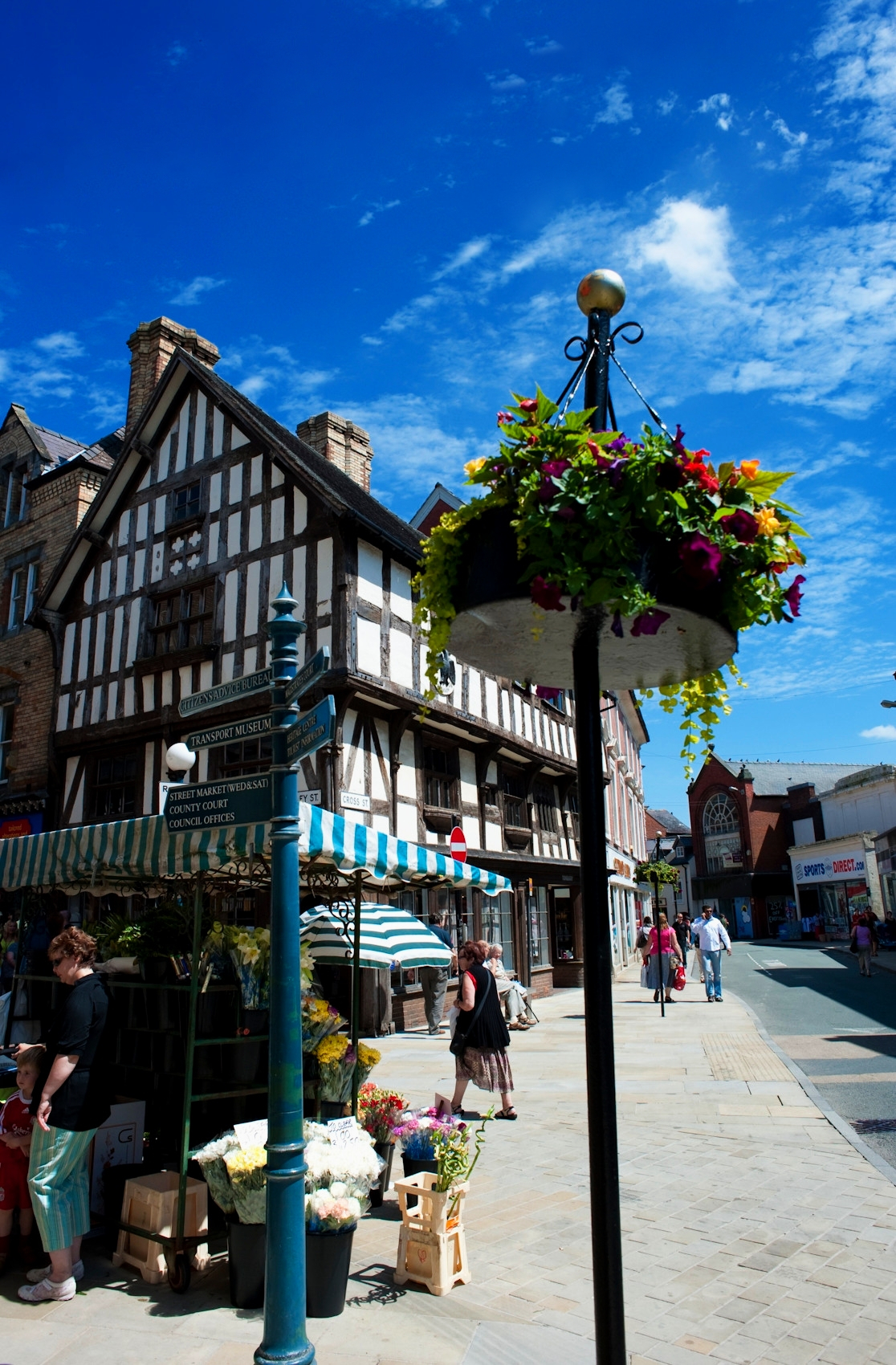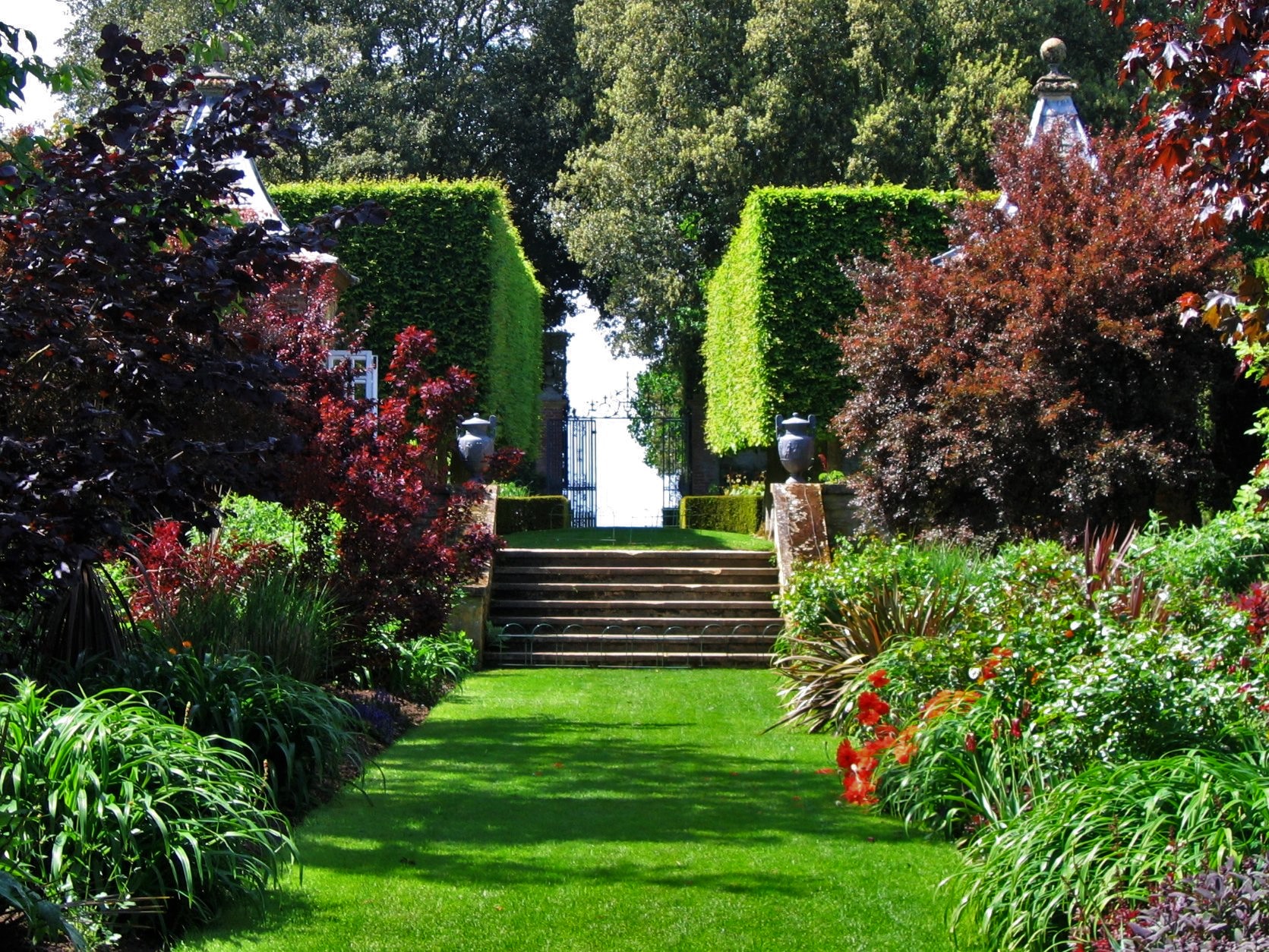Known throughout the world for their beauty, the quintessential English village is a magical escape for urban city-dwellers.
Quaint cottages nestled around a village green or bordering little rivers and surrounded by rolling countryside, there are dozens to enjoy across the British Isles.
Here are 10 of our favorite English villages.
1. Abbotsbury, Dorset
With nearly a hundred structures listed by English Heritage for their historic or architectural interest, Abbotsbury will surprise and delight.
Surrounded by hills and sat within the Dorset Area of Outstanding Natural Beauty, Abbotsbury is only a mile inland from the English Channel coast.
Abbotsbury’s 11th-century Benedictine Abbey was founded by one of King Cnut’s nobles from Scandinavia.

Abbotsbury comprises a long street called Rodden Row filled with pretty thatched cottages, some dating to the 1500s and built using stone from the ruined 11th-century Abbey.

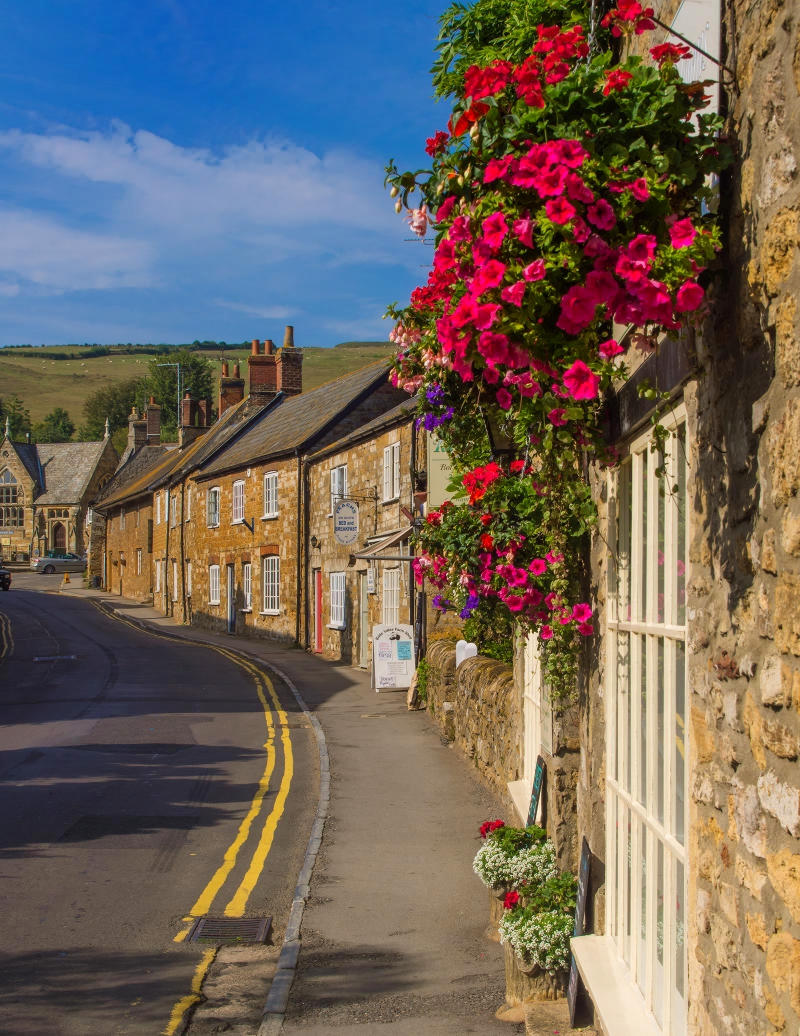
Notable for its fine coastal views, the road between Abbotsbury and Burton Bradstock reveals an 18-mile section of the Jurassic Coast, a World Heritage Site famous for fossil discoveries in the 19th century.

2. Clovelly, Devon
Noted for its steep cobbled main street and stunning views over the Bristol Channel, Clovelly is a privately owned English village with over 800 years of history.
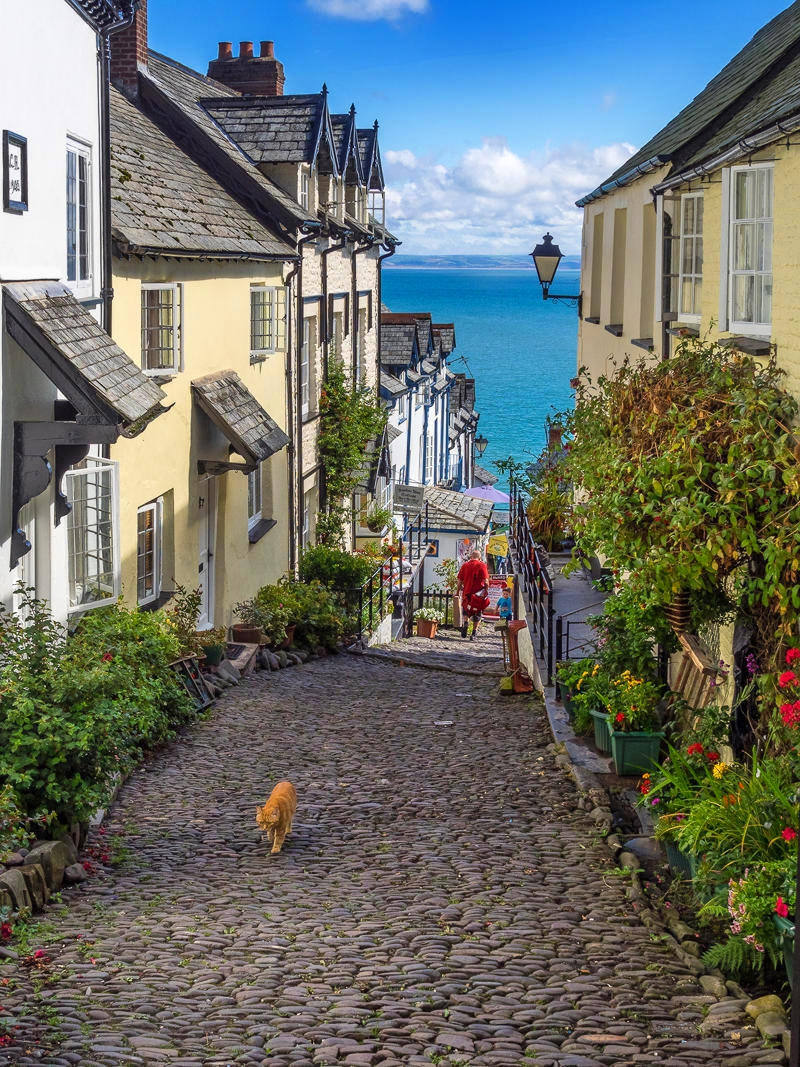
Descending 400 feet to the pier, Clovelly’s main street is too steep for wheeled traffic and uses sleds for deliveries of goods and collection of refuse.

Donkeys used to haul the sleds uphill, but now goods are delivered to the top of the street and the sleds are pulled down the slope by hand, leaving the donkeys free to entertain holidaymakers.

Charles Kingsley’s 1855 British historical novel Westward Ho! which celebrates England’s victories over Spain in the Elizabethan era, mentions this part of North Devon and helped make Clovelly a popular tourist destination.

Captured by artists for its richness of colour, the scenery along the South West Coast Path National Trail from Clovelly to Hartland Quay is particularly spectacular.

3. Dedham, Essex
Formerly a rich wool town and market town, Dedham is a flourishing commercial village, with good old-fashioned shops like a butcher, grocer, delicatessen, and art shop.
Lovely colourful Georgian and Elizabethan timber-framed houses line the High Street.

Nestled along the River Stour on the border between Essex and Suffolk counties, Dedham is frequently rated as having some of England’s most beautiful water-meadow landscapes.
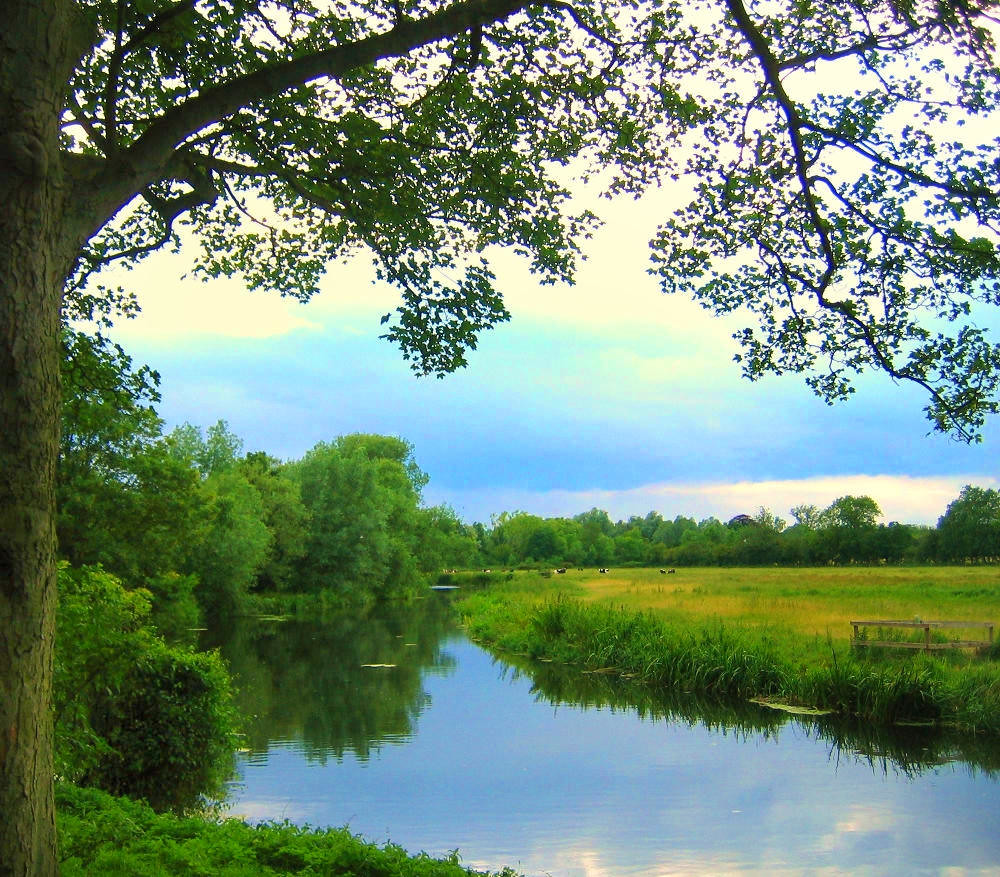

Even on a crisp winter morning, a walk along the River Stour is idyllic, with its rows of evenly-spaced pollarded willow trees.

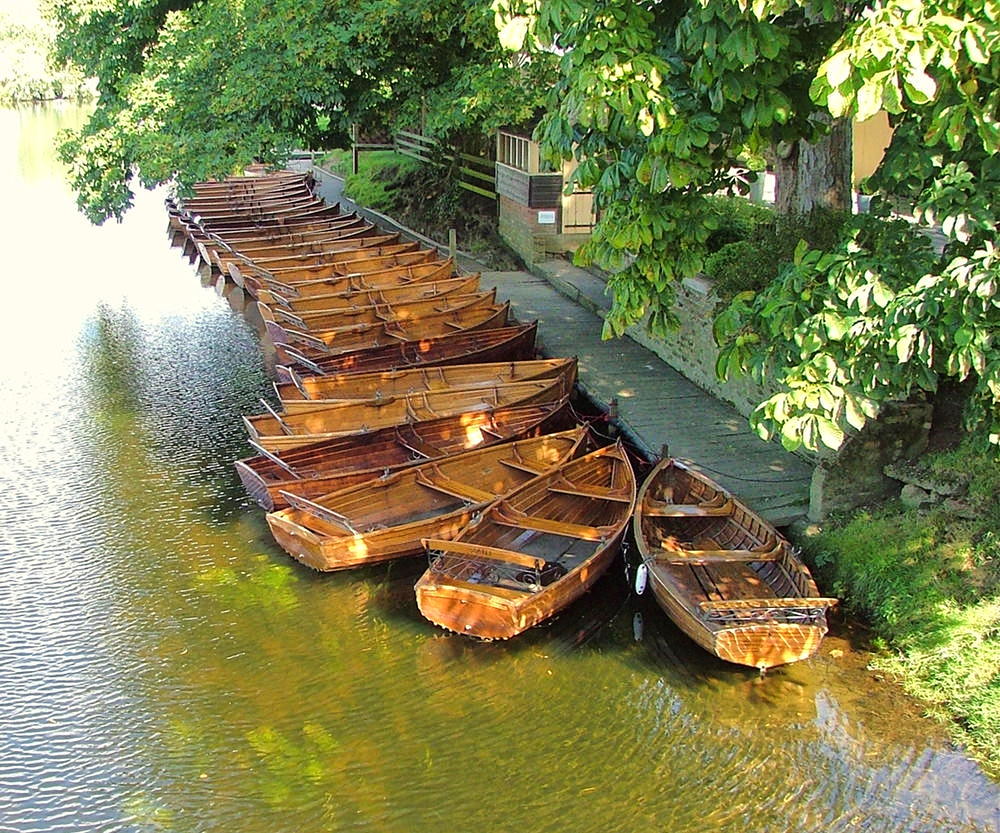
Dedham is “Constable Country” where famed English Romantic painter John Constable set up his easel to paint iconic scenes.
Revered as one of the greatest British paintings and currently hanging in the National Gallery, London, “The Hay Wain” of 1821 depicts a rural scene on the River Stour with “Willy Lott’s Cottage” in Suffolk on the left and the Essex meadows on the right.

You can visit the famous 16th-century cottage today at Flatford in the heart of the Dedham Vale.
4. Hambleden, Buckinghamshire
Meaning “crooked or irregularly-shaped hill” in Anglo Saxon, Hambleden is a beautiful little village just north of the River Thames about 40 miles west of London.
Hambledon was granted a royal charter in 1315 to hold a market in the village and a fair on St Bartholomew’s Day, August 24, every year.
The brick and flint cottages in the centre of the village have dormer windows topped with red tiles.

Hambleden served as a base for US soldiers in the build up to D-Day 1944 and was depicted as the training ground for Easy Company in the HBO mini-series Band of Brothers.
Used as a location for several films including Disney’s 1996 “101 Dalmatians” and Warner Bros. 1998 “The Avengers”, Hambleden also played host to Johnny Depp and Cristina Ricci for a month-long location shoot during filming for Tim Burton’s 1999 gothic horror “Sleepy Hollow”.

Dating from the 14th century, St Mary’s church has an intricately decorated ceiling and a tower with eight bells.

Hambleden’s village post office also serves as the local shop and cafe.

5. Hawkshead, Cumbria
An important wool market in medieval times, Hawkshead in the Lake District sits in a valley to the west of Windermere and east of Coniston Water.

Originally owned by monks of 12th-century Furness Abbey, once the second-wealthiest and most powerful Cistercian monastery in the country, Hawkshead became prominent in the 18th and 19th centuries.
English Romantic poet William Wordsworth was educated at Hawkshead Grammar School and English writer Beatrix Potter lived nearby, marrying a solicitor from Hawkshead.
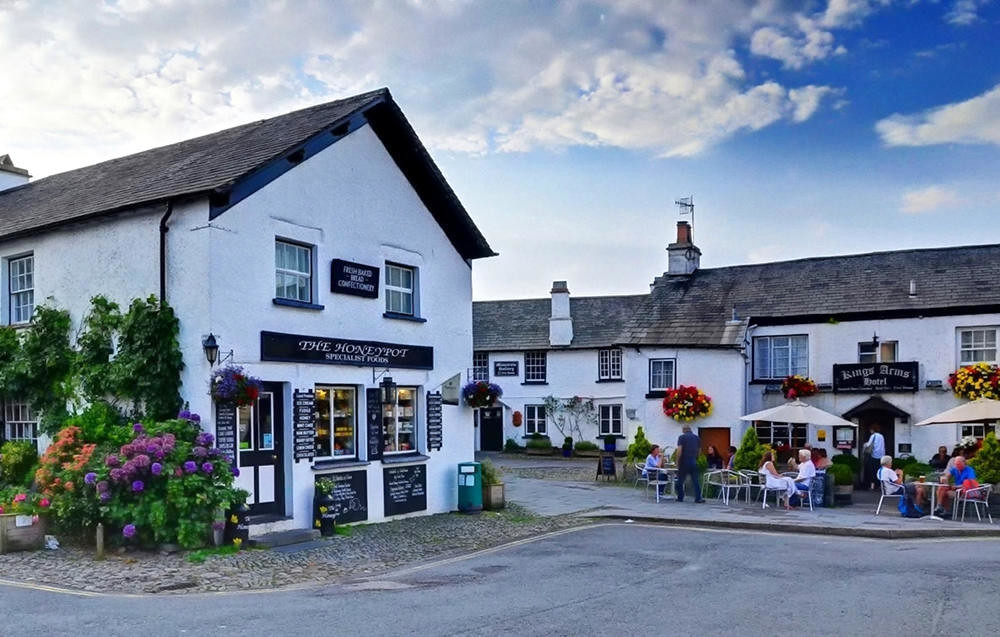
Hawkshead’s timeless atmosphere encourages visitors to explore its alleyways, overhanging gables, and medieval squares.

St Michael and All Angels Church in Hawkshead is considered to be one of the best Lake District churches.
Constructed in rubble stone with a slate roof, the 12th-century chapel was extended in 1300 and the north and south aisles added 200 years later.
Listed as a Grade I building of exceptional interest, the interior is thickly whitewashed with five-bay arcades consisting of segmental arches on round piers.

6. Lacock, Wiltshire
Unspoiled and owned almost entirely by the National Trust conservation organization, Lacock’s pristine appearance makes it a popular tourist spot.
Mentioned in the Domesday Book manuscript record of 1086, Lacock was later granted a market and developed a thriving wool industry during the Middle Ages.


Lacock village has been used as a film and television location, most notably the 1995 BBC production of Pride and Prejudice with Colin Firth and Jennifer Ehle, a series of Downton Abbey, and brief appearances in two Harry Potter films.
Related post: To many, Colin Firth IS Mr Darcy ….

St Cyriac’s Church was founded in the 14th century and dedicated to the Norman saint, St Cyriac.

Lacock has two public houses and a number of shops in its High Street including a grocery store, a bakery, gift shops and a National Trust shop.

7. Lower Slaughter, Gloucestershire
Built on the banks of the River Eye in Gloucestershire, records exist showing that Lower Slaughter has been inhabited for over 1000 years.
A 19th-century water mill sits at the west end of the village, complete with an undershot waterwheel and a chimney for additional steam power.

Dedicated to St. Mary the Virgin, the 13th-century Anglican parish church was enlarged in 1866, with the spire and peal of six bells benefiting from a recent restoration.

Several small stone footbridges join the two sides of the Lower Slaughter community that is divided by the river.

Honey-coloured Cotswold sandstone adorns the beautiful homes in the village, many with mullioned windows and other embellishments such as projecting gables.

8. Nether Wallop, Hampshire
Derived from the Old English words waella and hop, which together mean “the valley of the springing water”, Nether Wallop was once the site of an ancient battle between Britons and the invading Jutes, in which the Britons were victorious.
Nether Wallop is one of three beautiful villages known as The Wallops, with the other two being Over Wallop and Middle Wallop.
With its many old thatched cottages, Nether Wallop has featured in books and TV as one of the prettiest villages in England.

For over 200 years the village pub, The Five Bells, was the centre of village life and the community social hub, where villagers met to eat and enjoy real ales.
Related post: The History and Tradition of Social Networking in Britain.


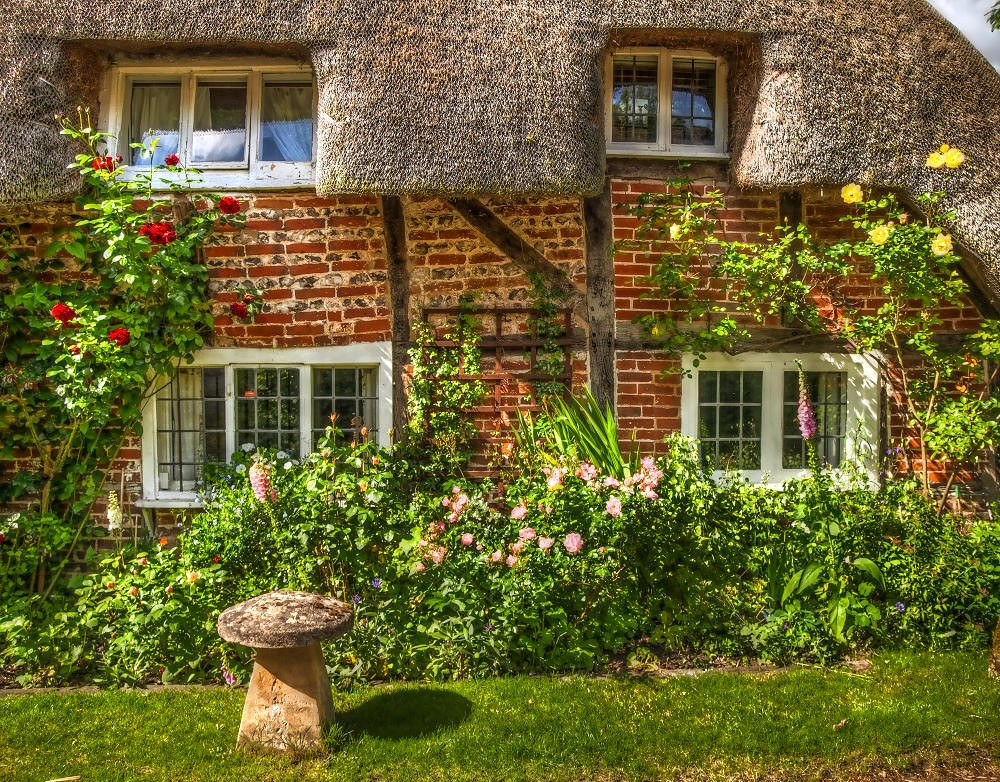
Related post: 18 Gorgeous English Thatched Cottages.
9. Polperro, Cornwall
Tightly-packed ancient fisherman’s cottages, a quaint little harbour, and pristine coastline combine to make Polperro a well-loved tourist destination.
The name Polperro is derived from old Cornish “Porthpyra” meaning “harbour named after Saint Pyran”, a 5th-century Cornish abbot and patron saint of tin miners.

Recognised as a fishing settlement as early as the 13th century, smuggling helped local fishermen boost their income from as early as the 1100s.
High taxation of imports caused by Britain’s wars with France and America made it worthwhile for spirits, tobacco, and other goods to be smuggled from Guernsey and elsewhere.
19th-century Coast Guards and the threat of stiff penalties eventually deterred the smugglers.
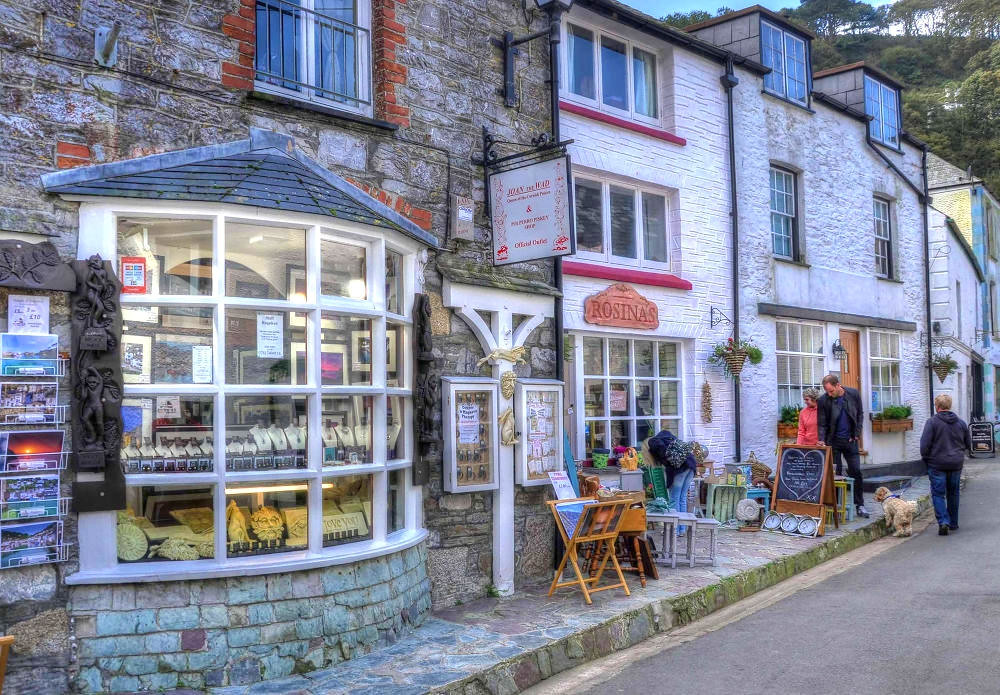
Typical old fisherman’s cottages in Polperro had storage for fishing nets on the ground floor with steps leading to the living accommodation above.

Polperro legends include the ghost of smuggler Willy Wilcox who disappeared whilst hiding in the beaches’ labyrinthine caves.
The Spirit of the Forest is said to come down from the woods above the village and leave sweetmeats at the homes of the poor during times of great economic hardship and foretells of good fortune for the recipients.

10. Staithes, North Yorkshire
Once a thriving fishing village, Staithes is now a center for tourism within the North York Moors National Park.
Derived from Old English, the name Staithes means “Landing Place”.
Staithes has a sheltered harbour, bounded by high cliffs and two long breakwaters.


More than half of the houses are second homes of outsiders from cities such as Leeds and York.
Villagers still practice local traditions, with many of the local women buying Staithes bonnets and local men singing in the Staithes Fisher Men’s Choir.

In the late 19th century, there were 80 full-time fishing boats putting out to sea from Staithes.
Now there are a handful of part-time fishermen still plying their trade in traditional fishing vessels called cobles.
Staithes’s most famous resident, James Cook worked as a grocer’s apprentice in 1745, beginning a lifelong passion for the sea.

























